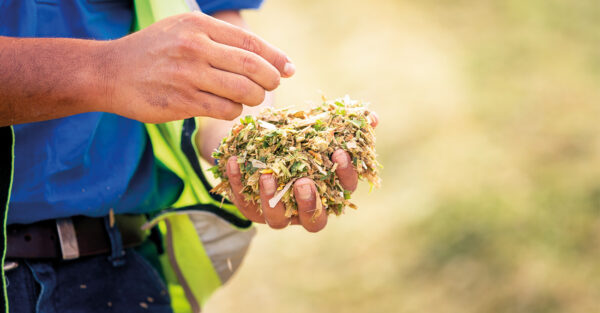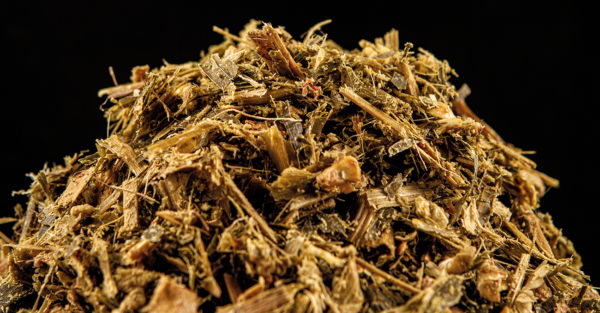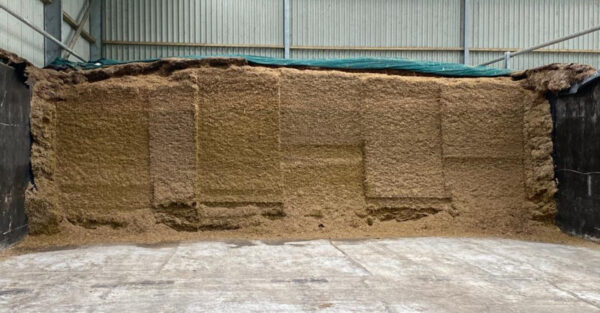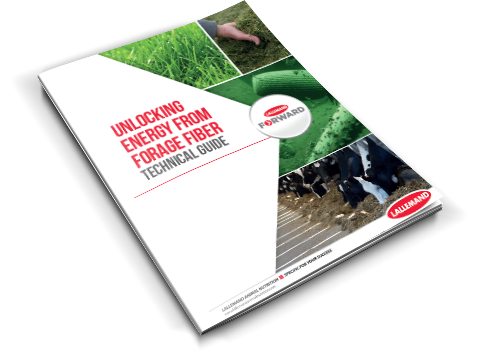Feed update | Reading Time 2 minutes
Growing forage for silage under unpredictable weather conditions
The past decade has seen the number of extreme weather events like heat waves, droughts and floods increase significantly, and this trend is predicted to stay. This makes growing forages for animal feed less predictable, both in terms of quality and yields, resulting in greater costs. Adaptations in agronomical practices, and the forage plants used, will be necessary to help counter these unpredictable weather patterns.
Resilient crops
First, growers will likely focus on crops that are more prone to yield better in extreme conditions. Newer drought tolerant and heat resistant varieties are being brought to the market every year.
- Maize will stay one of the most important forage crops for milk and beef production. Compared to maize, sorghum or sorghum and sudangrasses are more drought tolerant and could be an alternative on soils with lower water-holding capacities or in areas with higher drought risks.
- Legumes, as monocultures or as part of grasslands, will be more important in the future. Besides their ability to fix atmospheric nitrogen, some of them, like alfalfa, have deep roots and are relatively drought resistant.
There are even more drought resistant legumes such as sainfoin, which were used extensively as a forage in the past and might see a renaissance. On the other hand, white clover needs quite a lot of water to grow, and it is not resistant to drought. It can recover very quickly and spread again in grasslands.
- Grasses will remain an important forage for yield and quality. More drought resistant species like cocksfoot and tall fescue will be good companions to the highly productive, but drought sensible, ryegrass.
- A mixture of plants and plants groups that complement each other’s forage yield, hardiness and nutritional quality will be helpful for the future.
- Wholecrop winter cereals mixed with legumes are increasingly being grown as forages and, if harvested at the optimal growth stage, they deliver adequate yields and quality.
During the boot stage, protein and digestibility are high while yield is reduced. At the milk/ dough stage, yield is higher but digestibility is lower. Starch levels will be much higher as well.
- Winter cereals are not as resistant to drought, but the plants use winter rains for growth, which reduces the likelihood of drought conditions.
Looking forward, producers may need to consider alternative forages to complement more traditional forages and maintain feedstocks.
Frost damaged canola, for example, has no economic value for grain production anymore and would be ploughed, but might still provide a cut as forage. Maize straw/stover could represent a medium quality fibre source also.
Want more information?
Discover our global portfolio of silage solutionsPublished Nov 26, 2023 | Updated Nov 27, 2023



